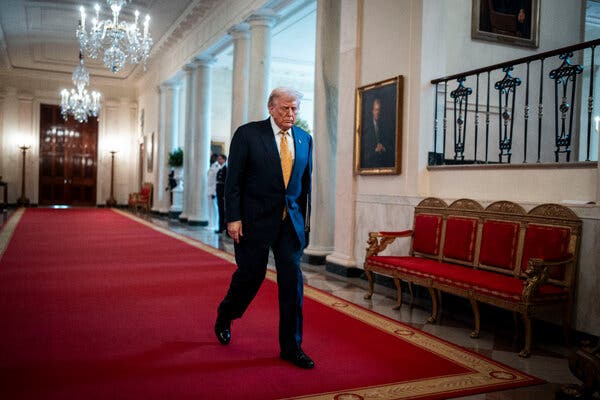During a recent Oval Office meeting, President Trump proposed a deal to Jensen Huang, Nvidia’s CEO, indicating that the company would need to pay a price for the licenses required to sell artificial intelligence chips to China.
Trump suggested a 20 percent cut.
Huang countered with a request to reduce that to 15 percent.
According to President Trump, he accepted the counteroffer during a press conference, and within two days, Nvidia received the necessary export licenses, with the unconventional fees expected to be collected by the government.
This episode exemplifies Trump’s direct and forceful involvement in the global operations of leading semiconductor companies. He has threatened to revoke government funding, limited billions in sales, warned of increased tariffs on overseas chip manufacturing, demanded domestic investments, and even pressured Intel to replace its CEO.
In a span of eight months, Trump has positioned himself as the dominant decision-maker in one of the world’s most strategically and economically vital industries, which produces essential components for applications ranging from advanced AI systems to defense technology. His approach has transformed the traditionally engineer-driven corporate planning into a realm shaped by political maneuvering.
This aggressive engagement marks a significant departure from the historically hands-off economic policies associated with past Republican administrations, such as that of Ronald Reagan.
Economic experts view this federal involvement as the most assertive intervention in the U.S. economy since the government’s 2008 financial crisis measures, though unlike that crisis-driven action, this current intervention appears unprovoked.


0 Comments
No comments yet. Be the first to comment!